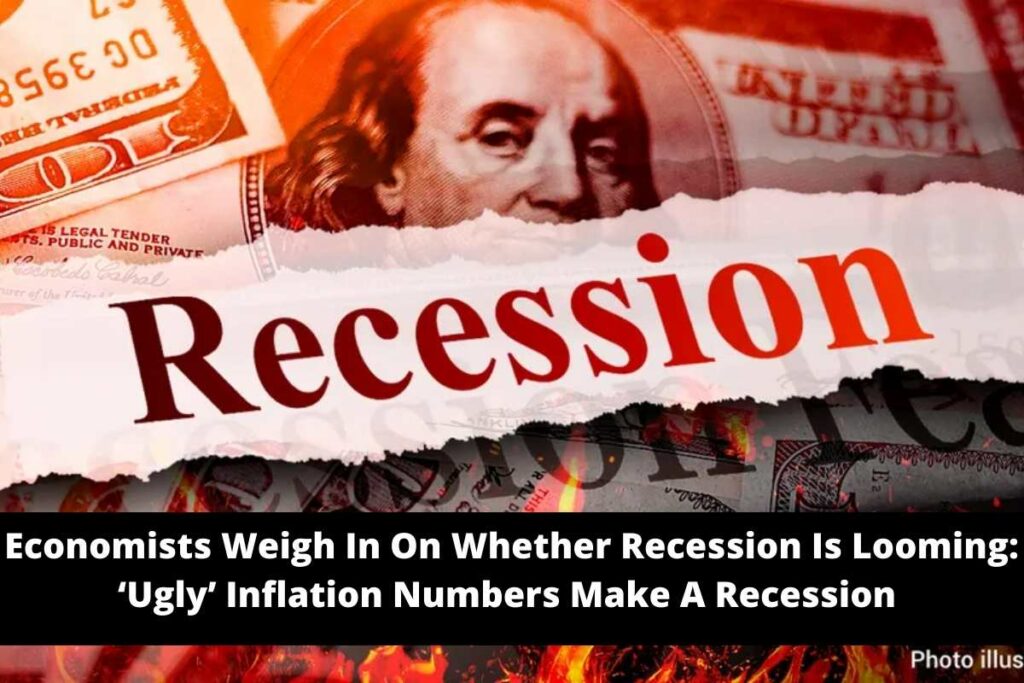Recent economic estimates suggest that when inflation rises further, the likelihood of a recession also rises. As a result, there may soon be more layoffs, fewer jobs, and higher interest rates.
According to a Bloomberg survey of analysts conducted last week, the median probability of a recession over the following 12 months is 47.5 percent, up from 30 percent in June. The National Bureau of Economic Research, which declares recessions, describes them as “a major fall in economic activity that is dispersed across the economy and that lasts longer than a few months” in its official definition.
Also have a look at
- Procter & Gamble Reports Fourth-Quarter Earnings: Sales Beat Estimate
- AMD’s Ryzen 7000 Processors Leaked: Its Initial Lineup Zen 4 CPUs
The fact that there are few indications that inflation would slow down is a major factor in the perception of an impending recession. Inflation over the past year reached 9.1 percent, the highest level since 1981, according to the consumer price index (CPI) report released last week. Banks originally forecasted a slowdown in 2023, including Citigroup, Deloitte, and PNC Financial Services, but recent predictions suggest a recession may happen in 2022 or earlier in 2023 than previously thought.
Last week, Bank of America predicted a “moderate” recession for the last few months of 2022, echoing an earlier prediction by the Japanese investment bank Nomura. The outlook represents a change from past projections, which only indicated a slowing of economic growth. Similarly, Wells Fargo has revised its forecast for the first quarter of 2023 from a “soft landing” to a “moderate recession.”

According to Wells Fargo’s chief economist, Jay Bryson, May and June inflation data from various sources, including the monthly CPI report, played a significant role in the altered projection. He notes that inflation “is getting more entrenched and more pervasive” and labels the June CPI data “ugly.” It is “eroding real disposable income” for consumers. In actuality, declining consumer spending indicates that a recession is imminent.
According to Wells Fargo’s projection, consumer spending will “outright drop” by September as more consumers use their savings to offset rising prices for goods and services. According to Bryson, consumers have kept their spending in check. However, they have decreased their savings rates and increased credit card debt. These practises are not long-term viable.
The recession will hit in the first half of 2023 and the Dow is headed lower: CNBC CFO survey https://t.co/2St6YGc0bV
— CNBC (@CNBC) June 9, 2022
The Federal Reserve will almost certainly raise interest rates when it meets at the end of the month due to continuing inflation. The only uncertainty is whether the increase will be 0.75 percent, as most predictions predict, or 1 percent, which Atlanta Fed President Raphael Bostic thinks is “in play.” Rate increases can reduce inflation by raising the cost of borrowing money for individuals and companies.
But this might stifle economic growth since it discourages consumers from purchasing products and services. Greater interest rates for consumers translate to higher costs for debt with changeable rates, such as loans and credit cards, higher costs for financing cars, and possibly higher mortgage expenses.
Also have a look at
- Exxon, Chevron Post Record Profits: Oil Companies Reap Unprecedented Profits
- WWE 2K23 Release Date for PC, PS4, PS5, Xbox One 2022
These gains would be significantly more evident with a 1% raise than with a smaller one. Aleksandar Tomic, an associate dean of economics at Boston College, argues, “We have to control inflation.” Given that the inflation rate currently outpaces wage growth, it is extremely important. The trillion-dollar question, he claims, is whether we can accomplish that without wrecking the economy.
For more news like this stay tune with newsconduct.com




